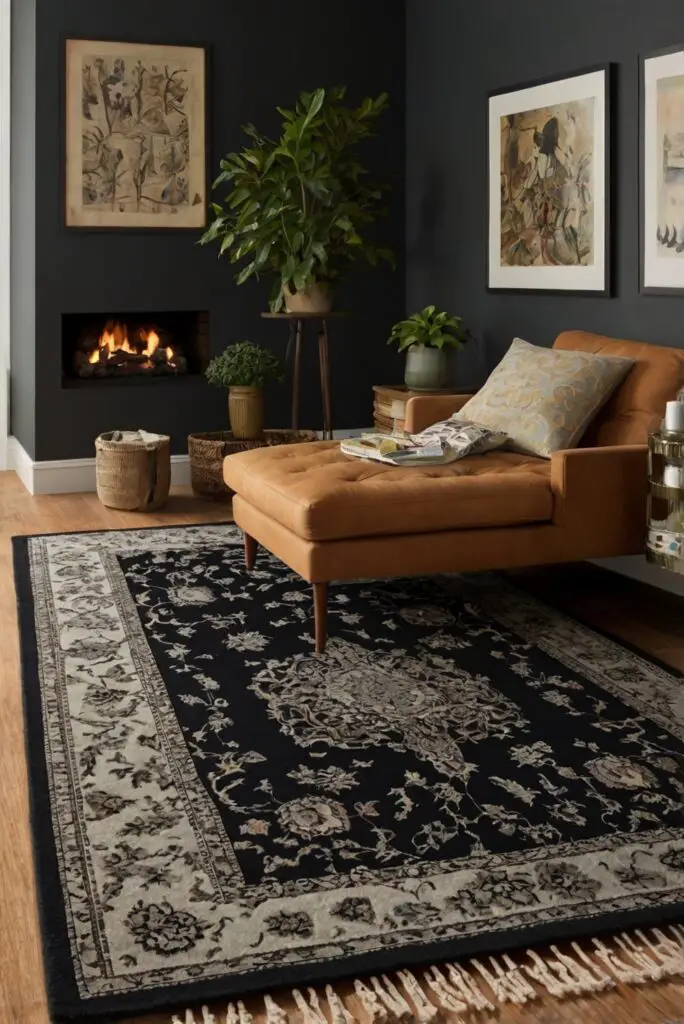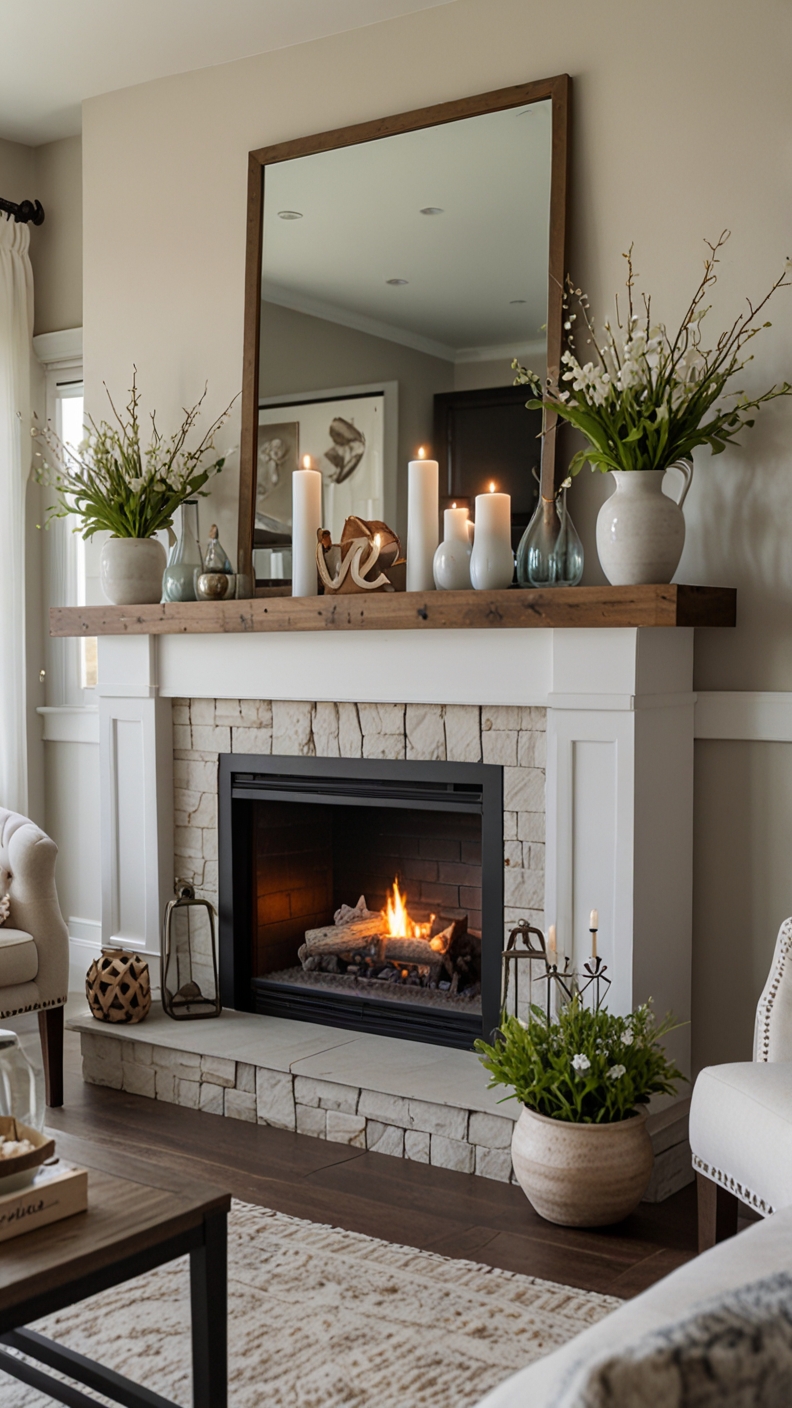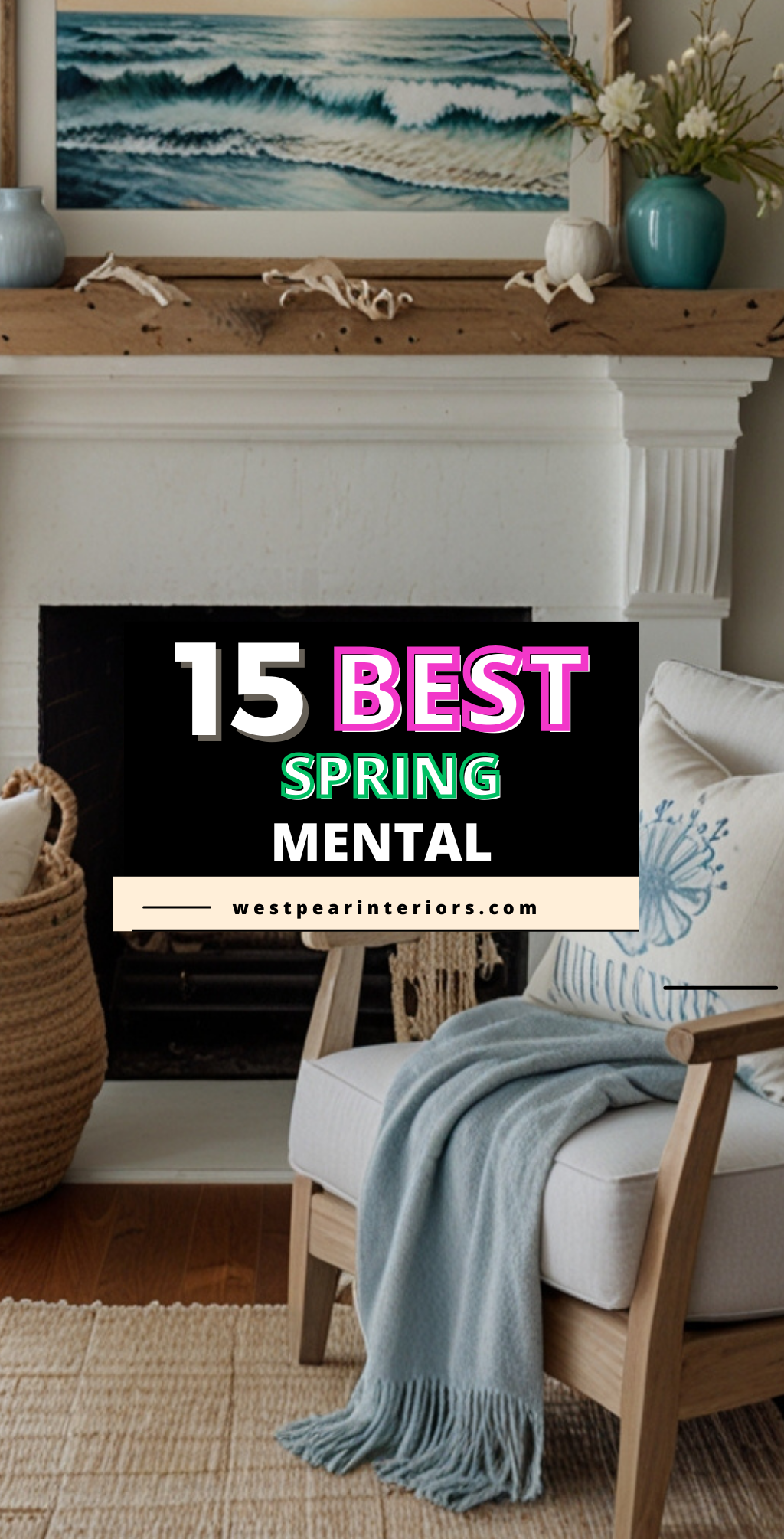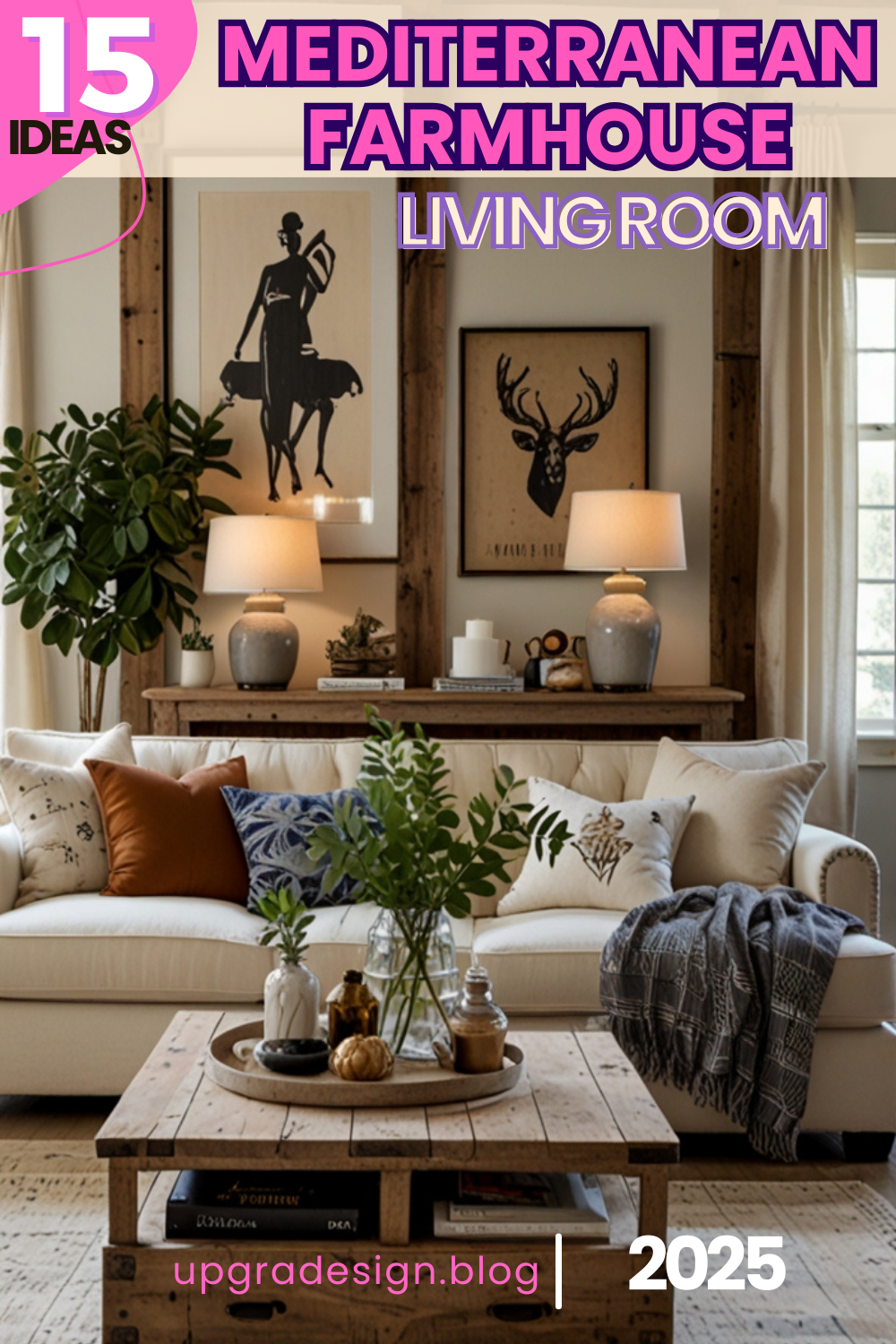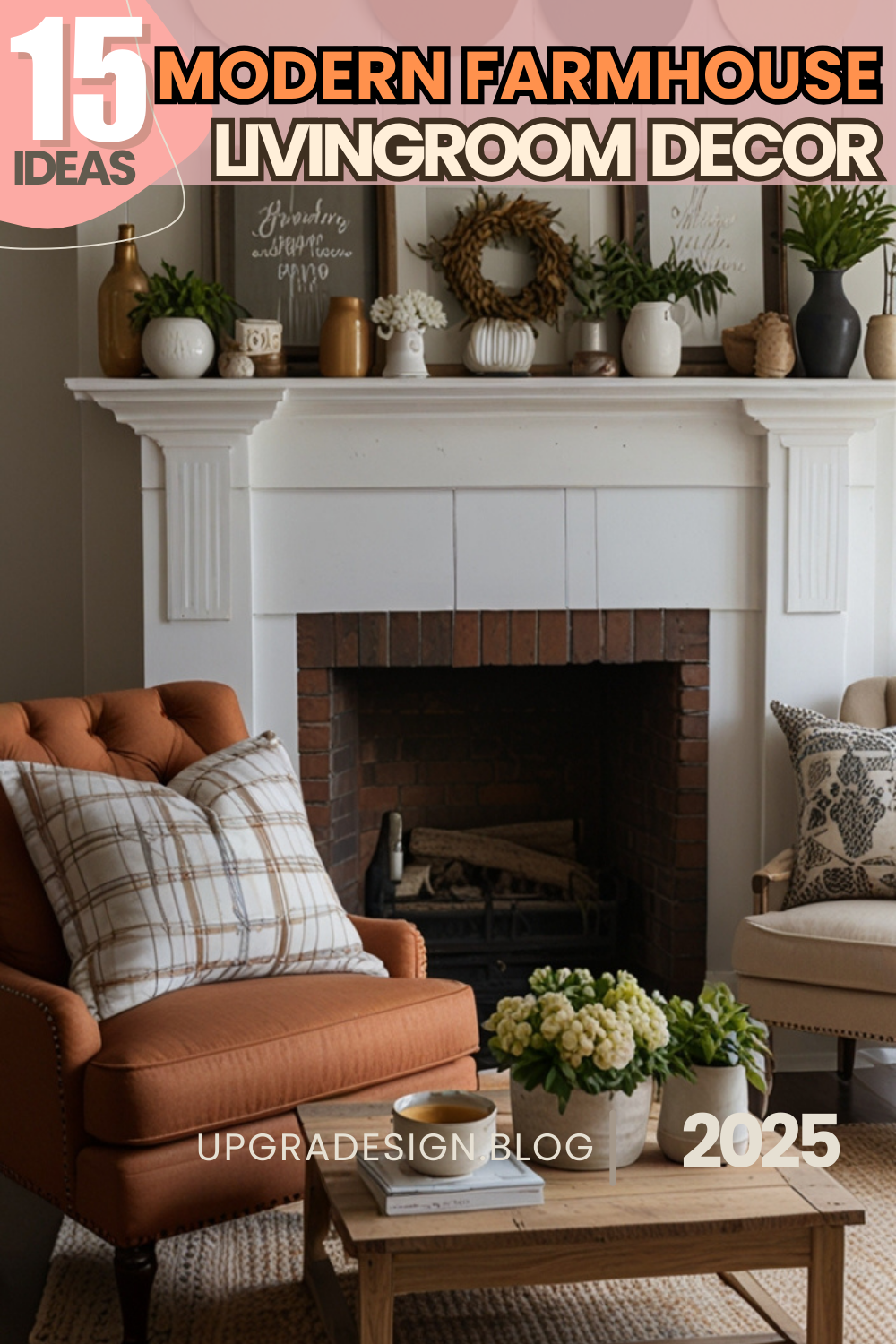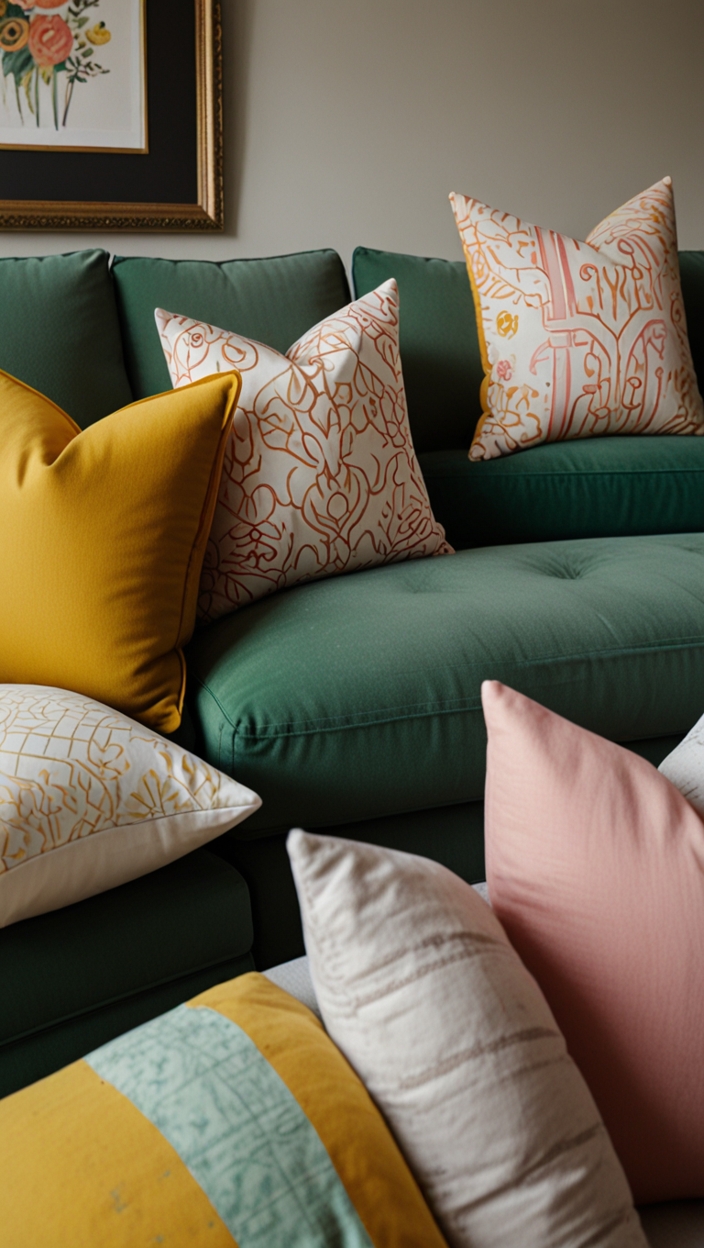Learn how to layer rugs like a pro in your living room to add style and warmth. Elevate your interior design routine with this simple yet effective technique.
How to Layer Rugs for Added Style and Warmth in Your Living Room?
To layer rugs in your living room for added style and warmth, start by selecting a large rug as your base layer. This rug should anchor the room and be larger than the furniture layout. Next, add a smaller area rug on top for visual interest and color contrast. Make sure the top rug is in proportion to the furniture sitting on it. Consider different textures and patterns to create depth and dimension. To prevent slipping, use rug pads between the layers. This technique not only adds style and warmth but also helps define different areas within the living room.
My Lovely Spring Paint for 2025
Ready for a Spring Makeover? Explore the Freshest 2025 Paint Trends!
White Sage/Green SW Pistachio green Soft blue Honeysweet/Orange Pink Sugar Sage Tint BMAs an Amazon Associate, I may earn a commission from qualifying purchases at no extra cost to you.
Benefits: Adds visual interest, color contrast, and warmth to the room.
Risks: Potential slipping if rug pads are not used between layers.
Steps to take: Choose a large base rug, select a smaller top rug, consider textures and patterns, use rug pads for safety.
Why to do: Enhances the decor and defines different areas in the living room.
By following these steps and considerations, you can successfully layer rugs in your living room for an aesthetically pleasing and cozy space.
How to choose the right size rugs for layering in a living room?
When layering rugs in a living room, it is crucial to select the appropriate sizes to create a visually appealing and cohesive look. The key to choosing the right size rugs for layering is to ensure that each rug is clearly visible and contributes to the overall aesthetic of the room. Here are some important points to consider:
My fAV Spring DECOR for 2025
Discover Spring’s Best 2025 Decor Combinations – Perfect for Any Room!
Oversized Indoor Plants White Curved Sofas Rugs BOH Brown Cream Moroccan Hype Boho Rug Outdoor Patio Furniture Sets Topfinel Pillow CoversAs an Amazon Associate, I may earn a commission from qualifying purchases at no extra cost to you.
– **Primary Rug Size:** Start by selecting a large rug that fits the dimensions of your living room and anchors the seating area. This rug should typically be large enough to fit all the main furniture pieces like the sofa and chairs.
– **Layered Rug Size:** The layered rug should be slightly smaller than the primary rug to create a border effect. It can be a different shape or texture to add visual interest and depth to the space.
– **Placement:** Position the layered rug strategically under the coffee table or in front of the sofa to create a cozy and inviting atmosphere. Make sure both rugs are visible and serve a purpose in defining different zones within the room.
– **Proportions:** Always consider the proportions of the room and furniture when selecting rug sizes. A rug that is too small can make the space feel disconnected, while a rug that is too large can overwhelm the room.
– **Color and Pattern:** Choose rugs with complementary colors and patterns that work well together. Mixing patterns and textures can add dimension and character to the room without overwhelming the space.
– **Trial and Error:** Don’t be afraid to experiment with different rug sizes and configurations until you find the perfect combination that suits your style and enhances the overall look of the living room.
What is the best way to prevent rugs from slipping or moving when layered?
To prevent rugs from slipping or moving when layered, there are several effective methods you can use to ensure that your rugs stay in place and provide a safe and stable foundation:
– **Rug Pads:** Invest in high-quality rug pads that are specifically designed to prevent slipping and provide extra cushioning. Place a rug pad under both the primary rug and the layered rug to create a secure base.
– **Double-Sided Tape:** Use double-sided carpet tape or rug grippers to secure the edges of the rugs to the floor. Make sure to apply the tape along the perimeter of the rugs to keep them in place.
– **Furniture Weight:** Arrange furniture strategically on top of the layered rugs to hold them down and prevent movement. The weight of the furniture will help anchor the rugs and keep them from sliding.
– **Velcro Strips:** For smaller rugs or runner-style layers, you can use velcro strips to attach the rugs together and prevent shifting. Simply apply the strips along the edges of the rugs to create a seamless connection.
– **Regular Maintenance:** Periodically check the rugs and readjust them if necessary to maintain their position and prevent slipping. Vacuuming and cleaning the rugs regularly can also help improve their grip on the floor.
– **Professional Installation:** If you’re having trouble keeping the rugs in place, consider seeking professional installation services to secure the rugs using proper techniques and tools.
Can I mix patterns and textures when layering rugs in my living room?
Absolutely! Mixing patterns and textures when layering rugs can add a dynamic and layered look to your living room, creating a visually interesting and cozy space. Here’s how you can successfully combine different patterns and textures in your rug layering:
– **Coordinate Colors:** Choose rugs with a common color palette to tie the different patterns and textures together. This will ensure a harmonious and cohesive look while still allowing for variation in design.
– **Scale and Size:** Mix patterns of different scales to create contrast and visual interest. Pair a large-scale pattern with a smaller one to avoid overwhelming the space and maintain balance.
– **Contrast Textures:** Combine rugs with varying textures such as plush, flatweave, or shag to add depth and dimension to the room. The interplay of textures can create a rich and inviting atmosphere.
– **Layering Technique:** Experiment with layering rugs of different textures on top of each other to create a cozy and luxurious feel. For example, layer a soft wool rug over a jute or sisal base for a stylish and tactile contrast.
– **Pattern Balance:** Distribute patterns evenly throughout the room to avoid visual overload. Use solid-colored furniture and decor items to break up the patterns and create a sense of cohesion.
By mixing patterns and textures thoughtfully, you can elevate the design of your living room and achieve a layered look that is both stylish and inviting.
What are the benefits of layering rugs in terms of style and warmth?
Layering rugs in your living room offers a myriad of benefits, both in terms of style and practicality. Here are some advantages of incorporating layered rugs into your home decor:
– **Enhanced Style:** Layering rugs adds depth, texture, and visual interest to your living room, creating a more dynamic and visually appealing space. The combination of different colors, patterns, and textures can elevate the overall design scheme and showcase your personal style.
– **Warmth and Comfort:** In colder climates or during the winter months, layering rugs provides an extra layer of insulation and warmth underfoot. Thicker, plush rugs can help create a cozy and inviting atmosphere, making your living room a more comfortable space to relax in.
– **Defined Zones:** By strategically placing layered rugs in different areas of the living room, you can visually define separate zones for seating, dining, or relaxation. This helps to create a sense of structure and purpose within the room, making it more functional and organized.
– **Sound Absorption:** Layered rugs can help absorb noise and reduce echo in open-plan living spaces, providing a quieter and more acoustically pleasing environment. This is particularly beneficial for homes with hardwood or tile flooring.
– **Easy Updates:** Changing the layered rugs in your living room is a quick and cost-effective way to update the decor and refresh the look of the space. You can easily swap out rugs seasonally or for special occasions to give your room a new and updated feel.
– **Personalization:** Layering rugs allows you to showcase your creativity and design sensibilities by mixing and matching different textures, colors, and patterns. It gives you the flexibility to experiment with various rug combinations and create a customized look that reflects your individual taste.
Incorporating layered rugs into your living room decor can transform the space into a cozy, stylish, and functional area that reflects your personality and enhances your daily living experience.
How can I create a cohesive look when layer- ing rugs with different colors and designs?
Achieving a cohesive look when layering rugs with different colors and designs requires careful consideration and planning to ensure that the overall effect is harmonious and visually appealing. Here are some tips to help you create a unified and cohesive look when layering rugs:
– **Color Coordination:** Select rugs with colors that complement each other or belong to the same color family. Consider using a neutral base rug as a foundation and layering it with rugs that feature accent colors from your existing decor palette.
– **Pattern Harmony:** Mix and match patterns that share a similar aesthetic or theme. For example, pairing a geometric rug with a floral or abstract pattern rug can create an eclectic yet cohesive look. Pay attention to the scale of the patterns to avoid clashing.
– **Balance and Symmetry:** Distribute colors and patterns evenly throughout the room to create a sense of balance and symmetry. Use the layering technique to define specific areas within the living room and create visual interest without overwhelming the space.
– **Anchor with Solids:** Incorporate solid-colored furniture, curtains, or wall decor to anchor the layered rugs and provide a grounding effect. Solid pieces can help tie together the different colors and designs in the rugs and create a cohesive visual flow.
– **Texture Variation:** Mix rugs with different textures to add depth and dimension to the room. Pair a plush rug with a flatweave or jute rug to create a tactile contrast that enhances the overall look and feel of the space.
– **Accessorize Thoughtfully:** Use throw pillows, blankets, and other decorative accents in coordinating colors and patterns to tie the layered rugs together and create a cohesive and inviting ambiance. Pay attention to the overall color scheme and style of the room when selecting accessories.
By following these tips and guidelines, you can create a cohesive and harmonious look when layering rugs with different colors and designs in your living room, resulting in a stylish and well-curated space that reflects your personal taste and design preferences.
What are the potential risks of layering rugs in a living room?
While layering rugs can add style and warmth to your living room, there are potential risks and challenges that you should be aware of to ensure a successful and functional design. Here are some common risks associated with layering rugs in a living room:
– **Slipping and Tripping Hazards:** Improperly secured rugs or rugs that are not properly flat can pose slipping and tripping hazards, especially in high-traffic areas or homes with young children or elderly residents. It is essential to use rug pads or grips to secure the rugs in place and minimize the risk of accidents.
– **Overlap and Bunching:** Layering rugs can sometimes lead to overlap and bunching, where one rug slides over another or forms lumps and wrinkles. This not only affects the visual appeal of the rugs but also creates an uneven surface that can be uncomfortable to walk on. Regular maintenance and adjustment of the rugs can help prevent this issue.
– **Color and Pattern Clash:** Using rugs with conflicting colors or patterns can result in a visually chaotic and overwhelming look that detracts from the overall design of the living room. It is crucial to carefully coordinate colors and patterns to ensure a cohesive and harmonious appearance.
– **Maintenance Challenges:** Layering rugs can make cleaning and maintaining the rugs more challenging, as dirt, dust, and debris can get trapped between the layers. Vacuuming and spot-cleaning the rugs regularly can help keep them looking fresh and tidy, but it requires extra effort and attention to detail.
– **Cost Considerations:** Layering rugs can be more expensive than using a single large rug, as you will need to purchase multiple rugs of varying sizes and styles. It is important to budget accordingly and invest in high-quality rugs that will withstand daily wear and tear.
– **Allergy Concerns:** For individuals with allergies or sensitivities, layering rugs can trap dust mites, pet dander, and other allergens that may exacerbate respiratory issues. Regular cleaning and maintenance of the rugs are essential to minimize allergens and create a healthy living environment.
By being mindful of these potential risks and taking the necessary precautions, you can avoid common pitfalls associated with layering rugs in your living room and enjoy the aesthetic and practical benefits that this design technique offers.
How to maintain and clean layered rugs to keep them looking fresh and stylish?
Proper maintenance and cleaning of layered rugs are essential to preserve their appearance, ensure longevity, and keep your living room looking fresh and stylish. Here are some tips on how to maintain and clean layered rugs effectively:
– **Regular Vacuuming:** Vacuum the layered rugs weekly or as needed to remove dirt, dust, and debris that can accumulate between the layers. Use a vacuum with a brush attachment or adjustable height setting to clean both the primary and layered rugs thoroughly.
– **Spot Cleaning:** Attend to spills and stains immediately to prevent them from setting into the rug fibers. Blot the affected area with a clean cloth or paper towel to absorb the liquid, then use a mild detergent solution or carpet cleaner to gently clean the spot. Avoid scrubbing vigorously, as it can damage the rug.
– **Rotate the Rugs:** Rotate the layered rugs periodically to ensure even wear and fading. Moving the rugs around can help distribute foot traffic and sunlight exposure, prolonging the life of the rugs and maintaining their appearance over time.
– **Professional Cleaning:** Consider hiring a professional rug cleaning service for a deep and thorough cleaning of the layered rugs. Professional cleaners have the expertise, tools, and products to effectively remove embedded dirt and stains while preserving the integrity of the rugs.
– **Sunlight Protection:** Prevent excessive exposure to direct sunlight, as it can cause fading and discoloration of the rugs over time. Use curtains, blinds, or UV-protective window film to shield the rugs from harsh sunlight and maintain their vibrant colors and patterns.
– **Air Circulation:** Allow the rugs to breathe by occasionally lifting and airing them out. This can help prevent musty odors, mold growth, and moisture buildup between the layers, especially in humid environments or during rainy seasons.
– **Rug Pad Replacement:** Check the condition of the rug pads regularly and replace them if they show signs of wear or damage. A good-quality rug pad not only prevents slipping but also provides cushioning and protection for the rugs, extending their lifespan.
By following these maintenance and cleaning tips, you can keep your layered rugs looking fresh, vibrant, and stylish in your living room, creating a welcoming and well-maintained space that reflects your design aesthetic.

